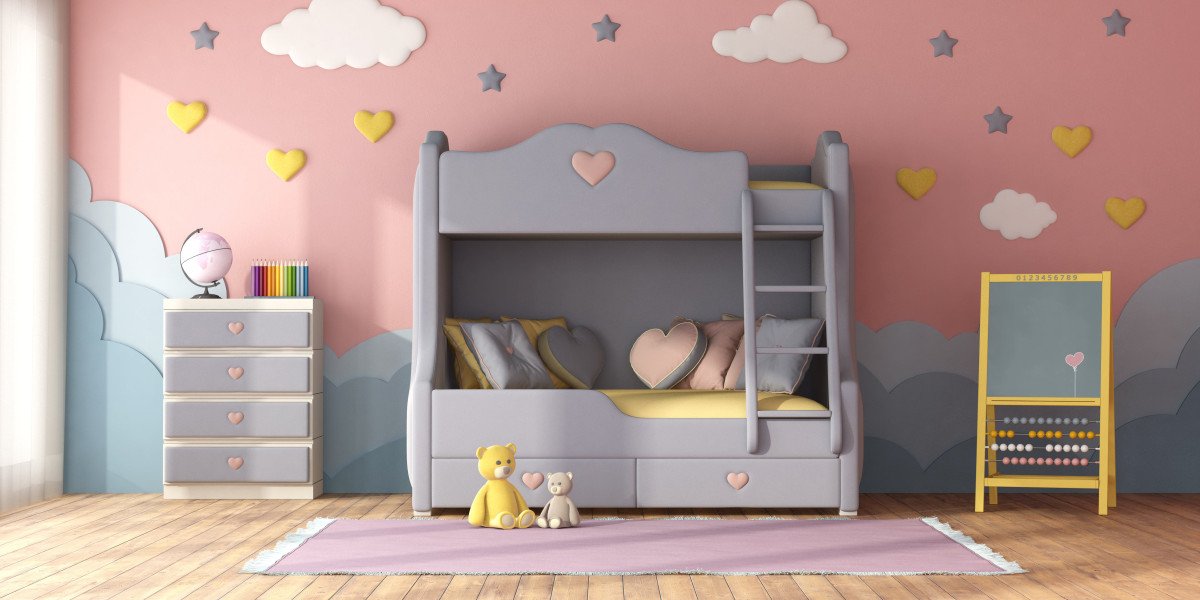United States Home Décor Market Forecast (2025–2033)
By Product (Furniture, Floor Covering, Home Textiles, Others), Distribution Channel, Income Group & Company Analysis
Market Overview
The United States Home Décor Market is anticipated to rise from US$ 141.27 Billion in 2024 to US$ 203.16 Billion by 2033, exhibiting a CAGR of 4.12% between 2025 and 2033. This growth is being driven by changing lifestyles, rising disposable income, the increasing influence of social media trends, and the expansion of e-commerce platforms. Home décor has transcended its traditional role of beautification and has now evolved into a symbol of personal expression and functional living.
Key Questions This Report Answers
- What is the current and projected size of the U.S. Home Décor Market?
- Which product categories are contributing most to the market’s growth?
- How is the growth of e-commerce reshaping home décor retail?
- Which income groups are the most significant consumers?
- How are lifestyle changes like remote work influencing market dynamics?
- What are the key challenges faced by home décor brands in the U.S.?
- Which distribution channels are dominating the market landscape?
- How is sustainability impacting consumer purchasing decisions?
- What role does social media play in shaping consumer preferences?
- Which companies are leading the market and what are their strategies?
Defining Home Décor: A Blend of Aesthetics and Utility
Home décor encompasses a wide range of products that enhance both the aesthetic appeal and functionality of indoor and outdoor spaces. This includes furniture, floor coverings, lighting, textiles, wall art, and more. The modern consumer views décor as a medium for personal expression, comfort, and lifestyle enhancement.
Growth Drivers in the U.S. Home Décor Market
1. Personalization & Social Media Influence
American consumers are increasingly looking for personalized, Instagram-worthy interiors. Platforms like Pinterest, TikTok, and Instagram are shaping tastes by constantly pushing the latest interior design trends. The result? A surge in demand for customizable furniture, DIY kits, and unique, aesthetic décor items. In August 2024, for instance, Tailored Canvases launched a new range of customizable wall art tailored to individual tastes, reflecting this personalization trend.
2. Rising Disposable Income and Homeownership
Rising incomes have empowered more Americans to invest in their homes. Millennials and Gen Z are investing in quality, design-driven furniture and decorative elements. With the average real disposable personal income per capita projected to reach $52,205 in October 2024, spending on home improvement is expected to increase, particularly in the higher-income and upper-middle-income groups.
3. E-Commerce Boom
The convenience of online shopping, coupled with virtual try-before-you-buy tools (like Augmented Reality for furniture placement), has revolutionized how Americans purchase décor items. E-commerce accounted for 22.0% of all U.S. retail sales in 2023, up from 21.2% in 2022. Smartphone usage for e-commerce continues to grow, enhancing accessibility and driving home décor sales.
Key Challenges in the U.S. Home Décor Market
1. Intense Market Competition
The market is saturated with players—from global giants to niche local artisans—leading to fierce competition, price wars, and squeezed margins. Smaller brands often struggle to match the discounting power and scale of big players on e-commerce platforms.
2. Volatile Raw Material Costs
Price fluctuations in essential materials like wood, metal, and fabrics impact production costs. Additionally, supply chain disruptions, such as those seen during global crises, further complicate inventory management and delay deliveries. The push for eco-friendly materials adds another layer of cost and complexity.
New Publish Reports
· United States Olive Oil Market Size and Share Analysis - Growth Trends and Forecast Report 2025-2033
· United States Biscuits Market Size and Share Analysis - Growth Trends and Forecast Report 2025-2033
Segmental Analysis
By Products
- Furniture: Continues to dominate due to increased homeownership and interest in interior styling.
- Floor Covering: Including rugs, carpets, and tiles; gaining popularity for their ability to transform spaces affordably.
- Home Textiles: Bedsheets, cushions, and curtains remain in demand for seasonal and trend-based updates.
- Others: Includes lighting, wall décor, and decorative accessories.
By Distribution Channel
- Supermarkets & Hypermarkets: Still significant for budget home décor options.
- Specialty Stores: Cater to niche and premium segments.
- E-Commerce: Fastest-growing segment, favored for convenience, variety, and customization.
- Others: Includes pop-up stores, exhibitions, and catalog-based retailers.
By Income Group
- Higher Income: Drive premium and luxury décor consumption.
- Upper-Middle Income: Focused on affordable quality and aesthetics.
- Lower-Middle Income: Value-driven buyers who are increasingly turning to online discounts and offers.
Spotlight: U.S. Tables & Desks Market
The shift to remote and hybrid work has increased the demand for functional furniture like tables and desks. They now serve multifunctional roles—from home offices and study tables to dining setups. Brands like Coco Republic have capitalized on this trend, launching U.S.-focused online stores with premium desk and table collections in 2023.
Major Companies in the U.S. Home Décor Market
Company Name | Overview | Recent Development | Revenue |
Inter IKEA Systems B.V. | Global leader in affordable home furnishings. | Sustainability-focused innovations. | ✔️ |
Bed Bath & Beyond Inc. | Known for diverse décor collections. | Strategic digital transformation. | ✔️ |
Herman Miller Inc. | Specializes in modern ergonomic furniture. | Merged with Knoll to form MillerKnoll. | ✔️ |
Mohawk Industries Inc. | Major floor covering manufacturer. | Expanded eco-friendly product lines. | ✔️ |
Williams-Sonoma, Inc. | High-end furniture and kitchenware. | Online retail innovations. | ✔️ |
Kimball International, Inc. | Office and home furniture specialist. | Growth in e-commerce offerings. | ✔️ |
HNI Corporation | Diverse furniture portfolio. | Focused on sustainability and innovation. | ✔️ |
Customization & Support
Renub Research provides up to 20% customization free of cost, including:
- Market Entry Strategy
- Segment Deep Dives
- Country-Specific Trends
- Trade & Production Analysis
Clients also benefit from 52 weeks of analyst support post-purchase.
Report Highlights
Feature | Detail |
Base Year | 2024 |
Forecast Period | 2025 – 2033 |
Market Size (2024) | US$ 141.27 Billion |
Forecast Size (2033) | US$ 203.16 Billion |
CAGR | 4.12% |
Covered Segments | Product, Distribution Channel, Income Group |
Coverage | Market Size, Growth Trends, Competitive Landscape |
Format | PDF, Excel (PPT/Word upon request) |
Pricing
- Dashboard (Excel) – $2,490
- Single User License (PDF) – $2,990
- Five User License + Excel – $3,490
- Corporate License (Multi User) – $3,990
Contact Renub Research
? USA: +1-478-202-3244
?









